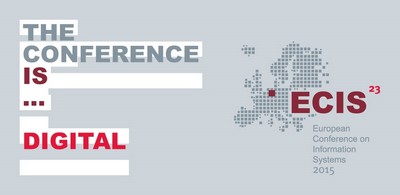DOI
10.18151/7217498
Abstract
Patient-centred digital services are increasingly gaining impact in the healthcare sector. The premise is that patients will be better equipped for taking care of their own health through instant access to relevant information and by enhanced electronic communication with healthcare providers. One initiative to provide such services to patients is the Danish national e-health portal, sundhed.dk, which is at the forefront of governmental initiatives and which serves as a unified hub between the various participants in the healthcare sector. Studying the evolution of sundhed.dk in light of information infrastructure theory, we highlight the enabling and constraining dynamics when designing and building a national infrastructure for patient-centred digital services. Furthermore, we discuss how such infrastructures can accommodate further development of services. The findings show that the Danish national e-health portal successfully managed to establish a solid foundation by means of providing direct usefulness and by building on existing information systems, routines, and governance structures in the healthcare sector. However, during this process, a number of unintended side effects appeared that have challenged the continuous development of the portal. We conclude that sundhed.dk needs to strike a balance between generativity and control to accommodate further development of services.
Recommended Citation
Thorseng, Anne and Blegind Jensen, Tina, "Building National Infrastructures for Patient-centred Digital Services" (2015). ECIS 2015 Completed Research Papers. Paper 180.
ISBN 978-3-00-050284-2
https://aisel.aisnet.org/ecis2015_cr/180


